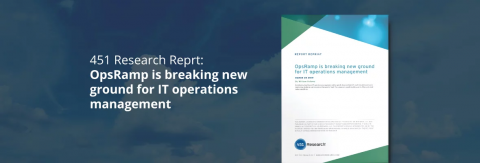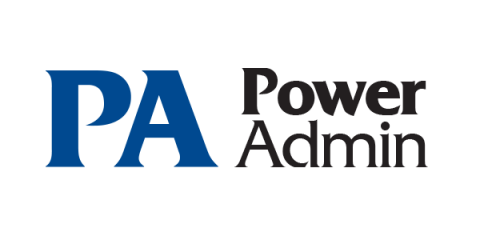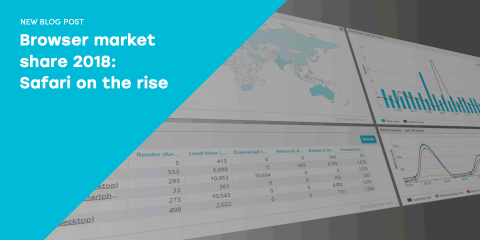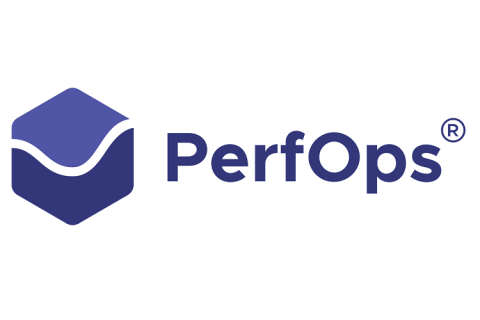Shadow Like A Dutonian: Onboarding Engineers With On-Call Shadowing
On-call shadowing is an essential practice at PagerDuty. For a new engineer, a shadowing period serves as a kinder, smoother ramp-up to going on-call, with none of the stress or responsibility for diagnosing and fixing the issue. When we configure shadowing in PagerDuty, our goal is to simulate the process and actions of going on call as precisely as we can while making sure that actions of the “Shadow User” do not affect the primary engineer who is actually on call.











